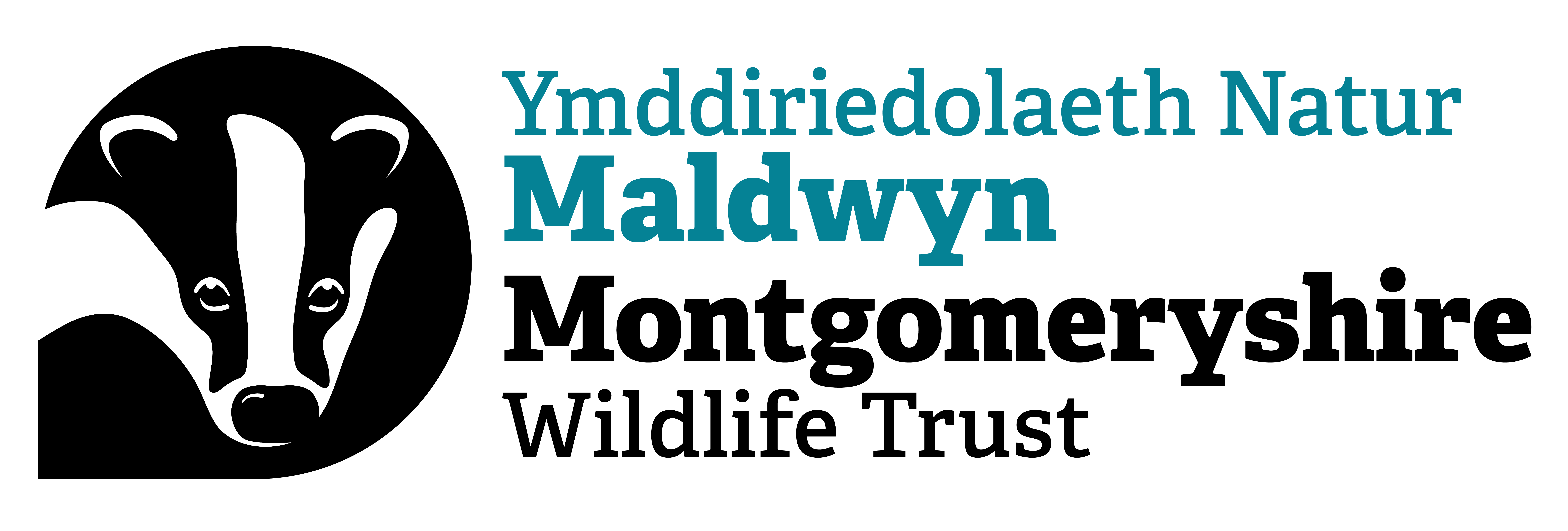Award-winning ecotherapy project to continue thanks to National Lottery funding
Our newly launched nature for wellbeing project Wild Skills Wild Spaces is able to help people across north Powys for a further two years, thanks to funding awarded from the National Lottery…
